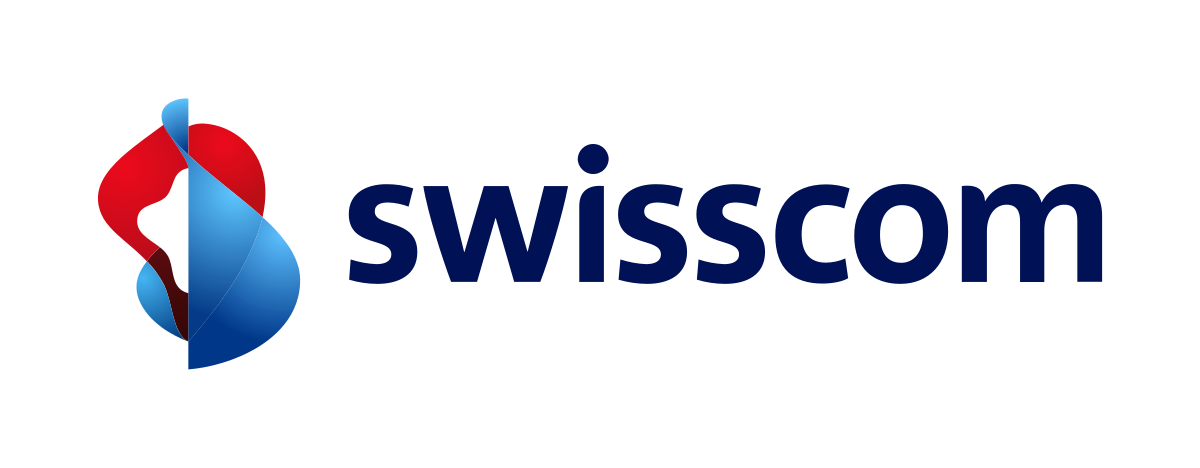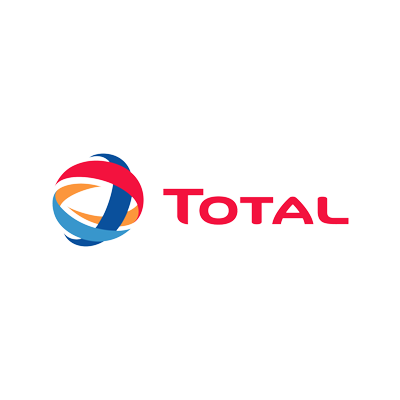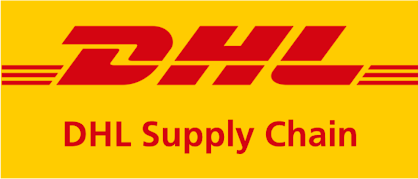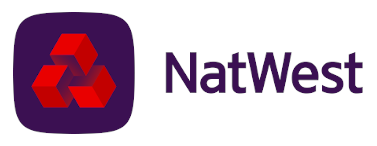Why do we need analytics in HR?
What to measure? That is, data-driven indicators in HR
Not everything at once! The data we collect in HR departments can be about many processes. So let’s start with those where we even intuitively feel there is something to improve, spend too much time on them, or those that we have just been asked to measure. Perhaps managers wonder why employee turnover has increased recently, or why it is taking us so long to hire the newest person to join the team. The answer to these questions can certainly be found in the data we collect whether in surveys and Excel or in our ATS systems.
Let’s take a broader look at the Time to Hire ratio – this is one of the indicators that measure the effectiveness of the recruitment department, however, when we dissect the entire process that is ultimately supposed to result in hiring, we find that it is not only the recruitment department that is involved.
Consider this example in stages:
- first of all, let’s make sure that managers are interested in just this indicator – perhaps they are not satisfied with the quality of the candidates presented, then we will need to look at other aspects of the process,
- the next step is to dissect the entire process into individual stages, as well as designate the people responsible for them – this will help determine where to find the data and from whom to get it,
- then we collect data from the different stages of the recruitment process, starting with how many applications are coming in for the offers we publish, how long the candidate waits for the first contact, how many candidates reach the different stages, or how long the candidate has to wait for the final interview with the hiring manager,
- we analyze the collected data – in the previous step we only collected information, now we need to ask ourselves whether the indicators we received are high or low, here we need to apply comparative analysis and refer to the historical data of our company or/and the average level of this indicator in the market,
- the next and final step is to relate the values of the indicators to our initial problem, in this case, the length of the hiring process – so we can analyze how many candidates resign or stop contacting us at different stages of the process, in this way we will find the weakest point of the recruitment.
Indicator measured and what's next?
The opportunity for HR analytics in your organization is that it allows you not only to report but also to draw conclusions and understand the causes of the phenomenon under study. This approach makes it possible to deal with many challenges, concerning our employees, that occur in HR departments as well as throughout the organization. Moreover, the knowledge derived from HR indicators, far more than subjective opinions or cursory assessments, helps to avoid potential problems, minimize their effects, or better prepare for upcoming changes. This is all because, based on it, we are also able to predict what might be a challenge for us in the future.
The opportunities provided by the introduction of analytics in the HR department are not limited to improving the efficiency of our department or making more informed decisions about introducing more benefits or offering training to employees. An evidence-based approach is the key to solving many business problems, optimizing costs, and communicating more factually with the organization’s financial departments or management.
When starting the HR analytics adventure, are we condemned to Excel?
Introducing analytics to our department may seem at first glance to be a time-consuming and arduous process, and we are concerned about whether we can handle it technically. That’s understandable, but to a large extent, the task can be made easier on ourselves.
If you want to start your adventure with a data-driven approach and use the potential of data, inherent in your processes, contact us! We will help you choose and implement the right solution, and our experts will answer any questions you may have.
In that case, which HR indicators will you start measuring first?
[1] “The rise (and fall?) of HR analytics: A study into the future application, value, structure, and system support”, S. van den Heuvel, T. Bondarouk, 2017

